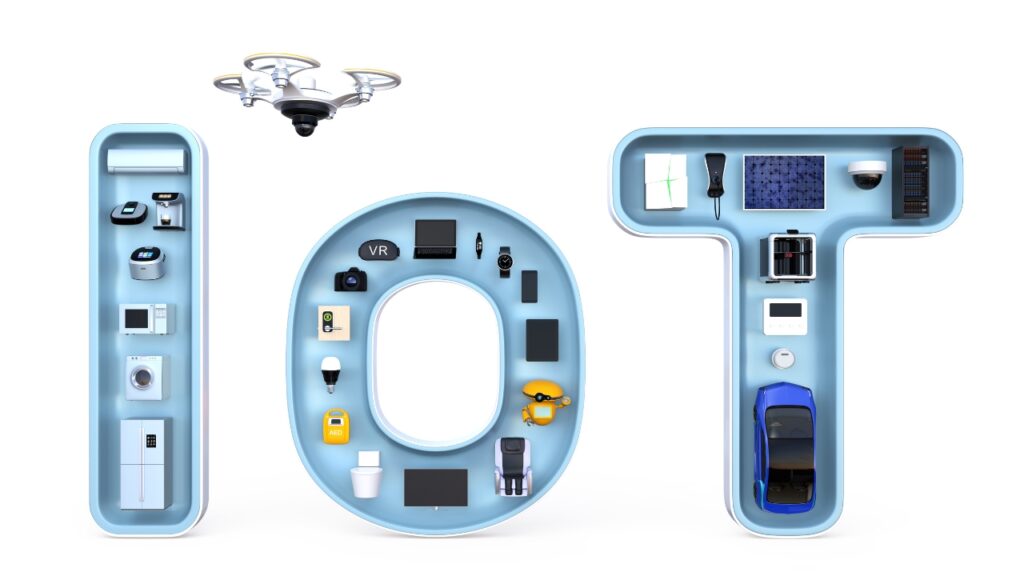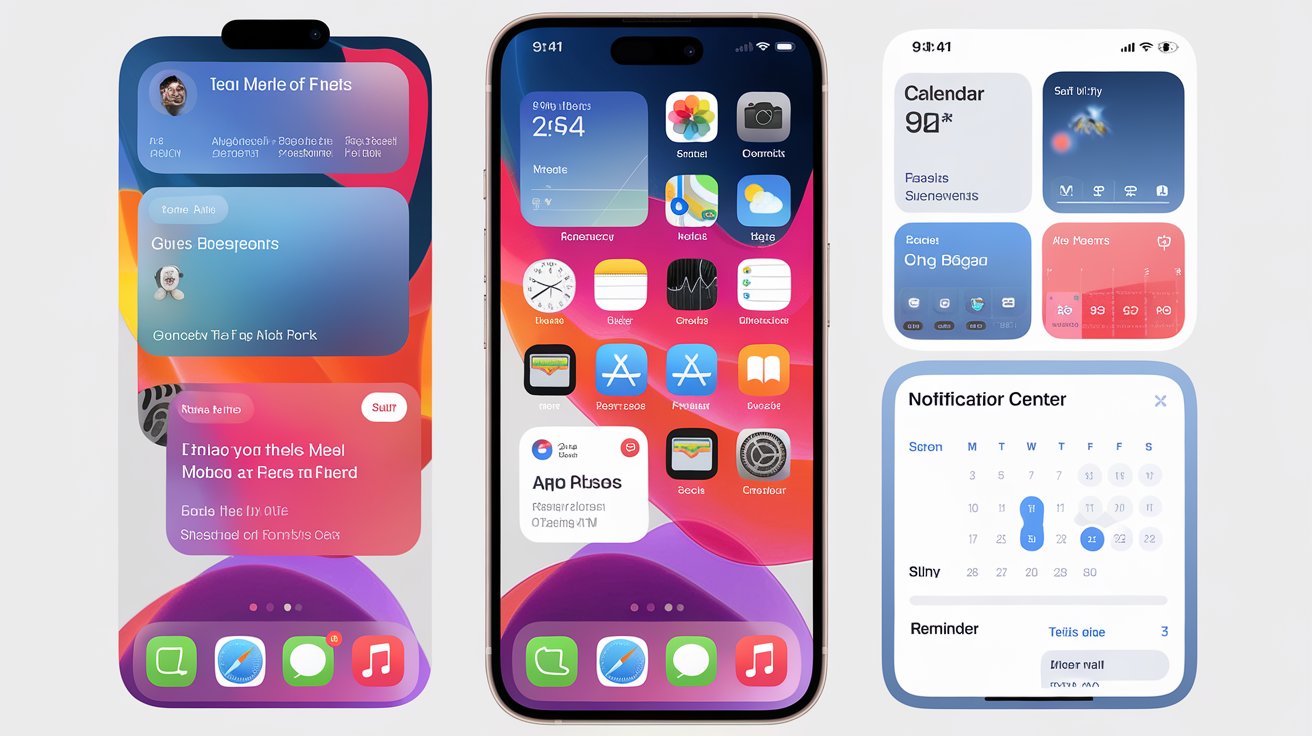The world is witnessing a revolutionary transformation in the way devices communicate and interact with each other, thanks to the rapid evolution of the Internet of Things (IoT) and the groundbreaking advancements in connectivity technologies. From enhancing the functionalities of our homes to shaping the landscapes of entire cities, IoT connectivity, particularly through 5G and the anticipated 6G, is at the forefront of this digital revolution.
Introduction
In the not-so-distant past, the concept of a fully connected world seemed like science fiction. However, today, IoT connectivity has become an integral part of our lives, driving innovations that touch every aspect of society. From the smart devices in our homes to the infrastructure of entire cities, the evolution of IoT connectivity has been nothing short of remarkable.
Evolution of IoT Connectivity
The journey of IoT connectivity began in the early stages of the Internet era, when devices started communicating with each other. As technology advanced, the demand for faster, more reliable connectivity grew. This led to the development of 5G, the fifth generation of wireless technology, which has played a pivotal role in shaping the current landscape of IoT.
Key Features of 5G Technology
High-speed Connectivity
One of the defining features of 5G is its unprecedented speed. With data transfer rates significantly faster than their predecessors, 5G enables real-time communication, opening doors to applications that were once considered impractical.
Low Latency
Low latency is crucial for applications that require instantaneous responses. 5G’s minimal latency ensures that actions initiated by devices receive quick responses, making it ideal for applications like augmented reality and autonomous vehicles.
Increased Device Capacity
As the number of connected devices continues to grow, 5G addresses the challenge by offering increased device capacity. This is a game-changer for smart homes, where numerous devices—from thermostats to security cameras—rely on seamless connectivity.
The Role of 5G in Smart Homes
Enhanced Home Automation
5G has transformed the way we interact with our homes. From remotely controlling appliances to setting up intricate automation scenarios, the level of control and convenience offered by 5G in smart homes is unparalleled.
Improved Security Systems
The reliability and low latency of 5G are instrumental in enhancing home security systems. Real-time monitoring, instant alerts, and seamless integration with other devices make homes safer and more secure.
Efficient Energy Management
Smart homes equipped with 5G connectivity can optimize energy usage by intelligently regulating devices. This not only contributes to energy conservation but also leads to cost savings for homeowners.
5G in Smart Cities
Infrastructure Improvements
Smart cities leverage 5G to enhance their infrastructure. From smart streetlights to connected public transportation, technology plays a vital role in creating efficient and sustainable urban environments.
Traffic Management
5G facilitates real-time traffic monitoring and management, reducing congestion and improving overall traffic flow. This has a direct
impact on the quality of life in smart cities, making commuting more efficient and less stressful for residents.
Public Services Enhancement
The implementation of 5G in smart cities extends to various public services. Emergency response systems, healthcare facilities, and educational institutions benefit from improved connectivity, ensuring faster and more effective services for citizens.

Anticipating 6G Connectivity
While 5G continues to make waves, the tech community is already looking towards the future with the anticipation of 6G. As it introduces even higher speeds, lower latency, and unique capabilities that will further push the expansion of IoT, this next-generation technology is projected to expand upon the foundation created by 5G.
Overview of 6G Technology
6G is envisioned as a technology that goes beyond connectivity, integrating artificial intelligence and machine learning on a deeper level. This promises a more intelligent and responsive network, catering to the ever-growing demands of a connected world.
Potential Advancements over 5G
The capabilities of 6G are expected to surpass those of 5G in various aspects. From ultra-high-speed data transfers to more complex and efficient device-to-device communication, 6G is poised to redefine the possibilities of connectivity.
Applications of 6G in IoT
Increased Data Speeds
One of the key benefits of 6G will be the exponential increase in data speeds. This will not only enhance existing applications but also enable new use cases that demand unprecedented levels of data transfer.
Advanced Artificial Intelligence Integration
6G aims to integrate artificial intelligence (AI) more seamlessly into the fabric of the IoT. This means smarter devices, more intelligent decision-making, and more intuitive interaction between humans and technology.
Enhanced Device-to-Device Communication
The communication between IoT devices is expected to reach new heights with 6G. This opens up possibilities for interconnected systems that work in tandem, creating a network of devices that can anticipate and respond to user needs more effectively.
Challenges and Opportunities
Addressing Security Concerns
With the increasing reliance on IoT connectivity, security has become a paramount concern. As technology advances, so do the challenges of securing vast networks of interconnected devices. Striking a balance between innovation and security will be crucial.
Exploring New Possibilities in Connectivity
The evolution of IoT connectivity brings with it numerous opportunities. From healthcare innovations to sustainable solutions for cities, the potential for positive change is vast. Exploring and capitalizing on these opportunities will be essential for a connected future.
Impact on Daily Life
How IoT Connectivity Transforms Daily Routines
From waking up in a smart home with automated lighting and climate control to commuting in a smart city with efficient traffic management, IoT connectivity subtly but significantly transforms daily routines.
Improving Efficiency and Convenience
The overarching theme of IoT connectivity is to enhance efficiency and convenience. Whether it’s through time-saving automation or data-driven decision-making, the impact on daily life is geared toward making things easier and more enjoyable for individuals.
Future Trends in IoT Connectivity
Integration with Emerging Technologies
The future of IoT connectivity lies in its integration with emerging technologies. From the marriage of IoT with augmented reality to the synergy with blockchain, the landscape is ripe for innovative combinations that will further enrich the connected experience.
Continuous Evolution and Innovation
The only constant in technology is change, and IoT connectivity is no exception. Continuous evolution and innovation will drive future trends, ensuring that the connected world remains dynamic and responsive to the ever-changing needs of society.
Global Initiatives in IoT Development

Countries Leading in IoT Implementation
Certain countries are at the forefront of IoT implementation, spearheading initiatives that showcase the full potential of connected technologies. Understanding these global initiatives provides insights into the diverse applications and impacts of IoT.
Collaborative Efforts for a Connected World
IoT is a global phenomenon, and collaboration is key to its success. International efforts to standardize regulations, share knowledge, and address common challenges are paving the way for a more connected and collaborative world.
Environmental Considerations
Sustainable IoT Practices
The massive scale of IoT connectivity raises concerns about its environmental impact. Sustainable practices, such as energy-efficient devices and eco-friendly technologies, are essential for mitigating the ecological footprint of a connected world.
Reducing the Ecological Footprint of Connectivity
As the demand for IoT connectivity grows, so does the need for responsible practices. Reducing waste, promoting recyclability, and adopting energy-efficient solutions are crucial steps in ensuring that the benefits of connectivity do not come at the expense of the environment.
Consumer Adoption and Acceptance
Overcoming Challenges in Consumer Adoption
While the benefits of IoT connectivity are evident, challenges in consumer adoption persist. Addressing concerns related to privacy, security, and ease of use is essential for widespread acceptance and integration into everyday life.
Benefits Driving Acceptance
Highlighting the tangible benefits of IoT connectivity is crucial for overcoming skepticism. From time savings and increased efficiency to enhanced safety and convenience, emphasizing the positive impact on consumers’ lives is key to fostering adoption.
Regulatory Framework for IoT Connectivity
Current Regulations and Standards
The evolving nature of IoT connectivity necessitates clear regulatory frameworks. Current regulations and standards are essential for ensuring the interoperability, security, and ethical use of connected technologies.
The Need for Global Cooperation in IoT Governance
Given the global nature of the IoT, a harmonized approach to governance is paramount. Collaborative efforts among nations, industry stakeholders, and regulatory bodies are essential for creating a cohesive and effective framework for IoT governance.
Conclusion
IoT connectivity, fueled by 5G and soon-to-come 6G, is revolutionizing the way we live, work, and engage with our environment. From the microcosm of smart homes to the macrocosm of smart cities, the impact is profound and transformative. As we navigate this connected future, addressing challenges, embracing opportunities, and fostering global collaboration will be key to unlocking the full potential of IoT.

Frequently Asked Questions (FAQs)
Is 6G technology available now, or is it still in development?
6G technology is still in the early stages of development, with researchers and industry leaders exploring its potential capabilities.
How does 5G contribute to the efficiency of smart homes?
5G enhances smart homes by providing high-speed connectivity, low latency, and increased device capacity, enabling seamless automation and security systems.
What are the main challenges in implementing IoT connectivity on a global scale?
Challenges include security concerns, regulatory variations, and the need for standardized frameworks for interoperability.
How can consumers ensure the security of their IoT-connected devices?
Consumers can enhance security by regularly updating device firmware, using strong passwords, and being mindful of privacy settings.
Are there any environmental initiatives addressing the ecological impact of IoT?
Yes, ongoing initiatives are promoting sustainable practices, such as energy-efficient IoT devices and eco-friendly technologies.






